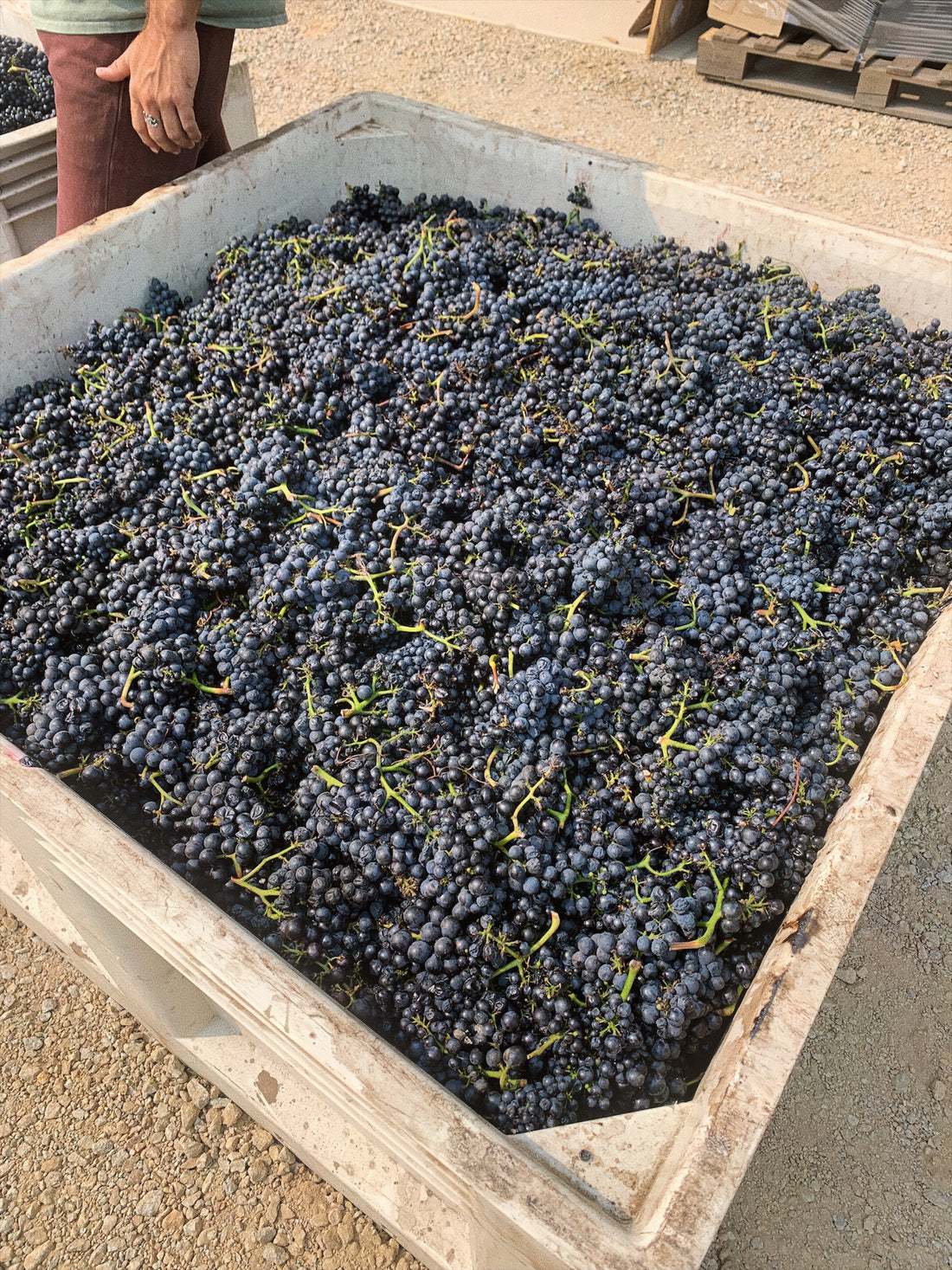Wine, with its rich history and diverse flavors, has long been cherished for many occasions. Whether you're sipping a glass on a relaxing evening, celebrating a milestone, or enjoying a meal, the world of wine offers an array of choices. One of the most fundamental distinctions of wine is the difference between red and white wines. In this blog, we'll explore explore these differences and explain the unique characteristics that set them apart.
An essential difference between red and white wines begins with the grape varieties used and the production processes involved. Red wines are crafted from red or black grape varieties, whereas white wines are predominantly made from green or yellowish grapes. The color distinction arises from the way the grape juice is handled during the winemaking process. In red wines, the grape skins are left in contact with the juice during fermentation, imparting both color and tannins to the final product. In contrast, white wines are typically made by separating the skins from the juice early in the process, resulting in a lighter color and lower tannin levels.
The most obvious difference between red and white wines is, of course, their color. Red wines range from a pale ruby hue to deep garnet or even purple, while white wines encompass shades of pale straw, gold, and even light green. These colors not only contribute to the visual appeal of the wines but also hint at their potential flavors and characteristics.
One of the most captivating aspects of wine is its wide array of flavors and aromas. Red and white wines offer distinct flavor profiles that reflect their grape varieties, terroir, and winemaking techniques. Red wines often exhibit bold flavors such as red and dark fruits like cherries, berries, and plums, alongside hints of spice, earthiness, and sometimes a touch of smokiness. The tannins in red wines contribute to their structure and can lend a sensation of astringency. White wines, on the other hand, tend to be more delicate and crisp, offering flavors that range from citrus and green apple to tropical fruits like pineapple and melon. Aromatic white wines may showcase floral notes, while oak-aged whites can develop nuances of vanilla, butter, and toasted nuts. The absence of tannins in white wines results in a smoother mouthfeel compared to their red counterparts.
The differences between red and white wines also extend to their food pairing potential. The general rule of thumb is that red wines pair well with richer, heartier dishes such as red meats, game, and pasta with robust sauces. The tannins and deeper flavors of red wines complement the savory and complex flavors of these dishes. White wines shine when paired with lighter fare such as seafood, poultry, salads, and dishes with creamy sauces. Their crisp acidity and vibrant fruitiness can cut through the richness of these foods, creating a harmonious balance on the palate.
Serving temperature is crucial for experiencing the full spectrum of flavors in both red and white wines. Red wines are typically served at slightly warmer temperatures, around 60-68°F (15-20°C), allowing the aromas and flavors to fully express themselves. White wines are best enjoyed cooler, around 45-55°F (7-13°C), which enhances their refreshing qualities.
The differences between red and white wines showcase the artistry of winemaking and the unique characteristics of each variety. Whether you're a red wine enthusiast drawn to bold and complex flavors or a white wine lover captivated by crisp and aromatic delights, exploring the diverse world of wines promises a journey of discovery. So, the next time you uncork a bottle, take a moment to appreciate the subtleties that make each sip a memorable experience!


